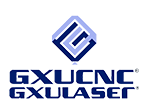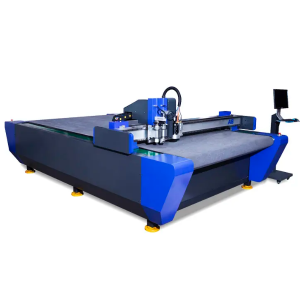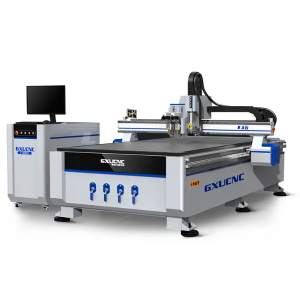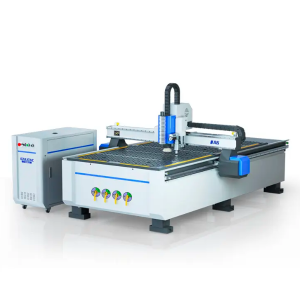In today's technologically advanced world, industries such as woodworking and manufacturing continue to utilize cutting-edge equipment to increase productivity and efficiency. One such tool that has gained popularity in recent years is the vision positioning CNC milling machine. This innovative device combines vision positioning technology with computer numerical control (CNC) capabilities to provide precise and efficient machine operation. In order to maximize the benefits of this advanced equipment, it is crucial to understand how to use it in a standardized manner.
First of all, it is crucial to understand the core components of the vision positioning CNC milling machine. The machine is composed of high-precision visual positioning system, CNC controller and cutting tools. Vision positioning systems employ cameras or sensors to capture highly detailed images of the workpiece, which the CNC interprets to generate cutting paths. A cutting tool driven by a CNC controller then performs the desired design on the workpiece. Familiarity with these components is essential to operating the machine effectively.
Second, it must be ensured that the vision positioning system is calibrated correctly. Calibration ensures that captured images accurately represent the size and location of the workpiece. By following the manufacturer's calibration instructions, you can significantly improve the accuracy of your router's operation. Periodic inspection and recalibration of the system, especially after any adjustments or modifications are made, is essential to maintain accuracy.
Additionally, the successful operation of a vision-oriented CNC mill relies heavily on the software used to program the cutting paths. These software programs translate design files into machine-readable instructions. Adherence to standardized practices is critical when using these procedures. These practices include accurately entering the dimensions and location of the workpiece, selecting appropriate cutting tools and speeds, and ensuring that the software generates error-free toolpaths. By following these standard practices, you can optimize output quality and minimize errors in the final product.
Another important factor to consider when using vision to locate a CNC mill is safety precautions. Familiarity with the safety guidelines provided by the manufacturer is crucial. Wearing proper personal protective equipment (PPE), such as safety glasses and gloves, is essential to protect yourself from potential hazards. Also, make sure the work area is well lit, clear of obstructions, and well ventilated. Regular maintenance checks and following the manufacturer's maintenance recommendations are also necessary to prevent any potential breakdown or accident.
In conclusion, Vision Positioning CNC Milling Machine is a remarkable piece of equipment that offers great advantages in terms of precision and efficiency. To effectively utilize this advanced technology, it is critical to understand its components, calibrate vision positioning systems, adhere to standardized software practices, and prioritize safety precautions. By following these guidelines, the woodworking and manufacturing industries can take full advantage of the potential of vision-oriented CNC milling machines, increasing their overall productivity and achieving high-quality results.
Post time: Jul-19-2023




